Empathy in form: five furniture projects supporting ability through comfort
- Advertisement -
by Ludovica Proietti
From sensory-friendly furniture to emotionally intelligent seating, these five projects show how thoughtful design can embrace cognitive and physical diversity – shifting focus from standardization to sensitivity, and from function to meaningful experience.
Share
- 0shares
- Advertisement -
Designing for difference is no longer a niche pursuit – it’s foundational. Recent research continues to reinforce what many designers have long understood: truly inclusive design starts at the level of material, light, sound, rhythm, and furniture – all reimagined through the lens of cognitive and physical diversity. It’s about acknowledging that our brains and bodies interpret space in non-linear, highly individual ways.
Good design doesn’t just accommodate difference – it anticipates it. It offers choice and control: through flexible layouts, dimmable lighting, tactile surfaces, and quiet zones. The environment should adapt to us, not the reverse. This is not only an ethical stance but a compelling and sensitive way to approach design – one that listens to neurodivergent and disabled voices from the start.
Gallery
Open full width
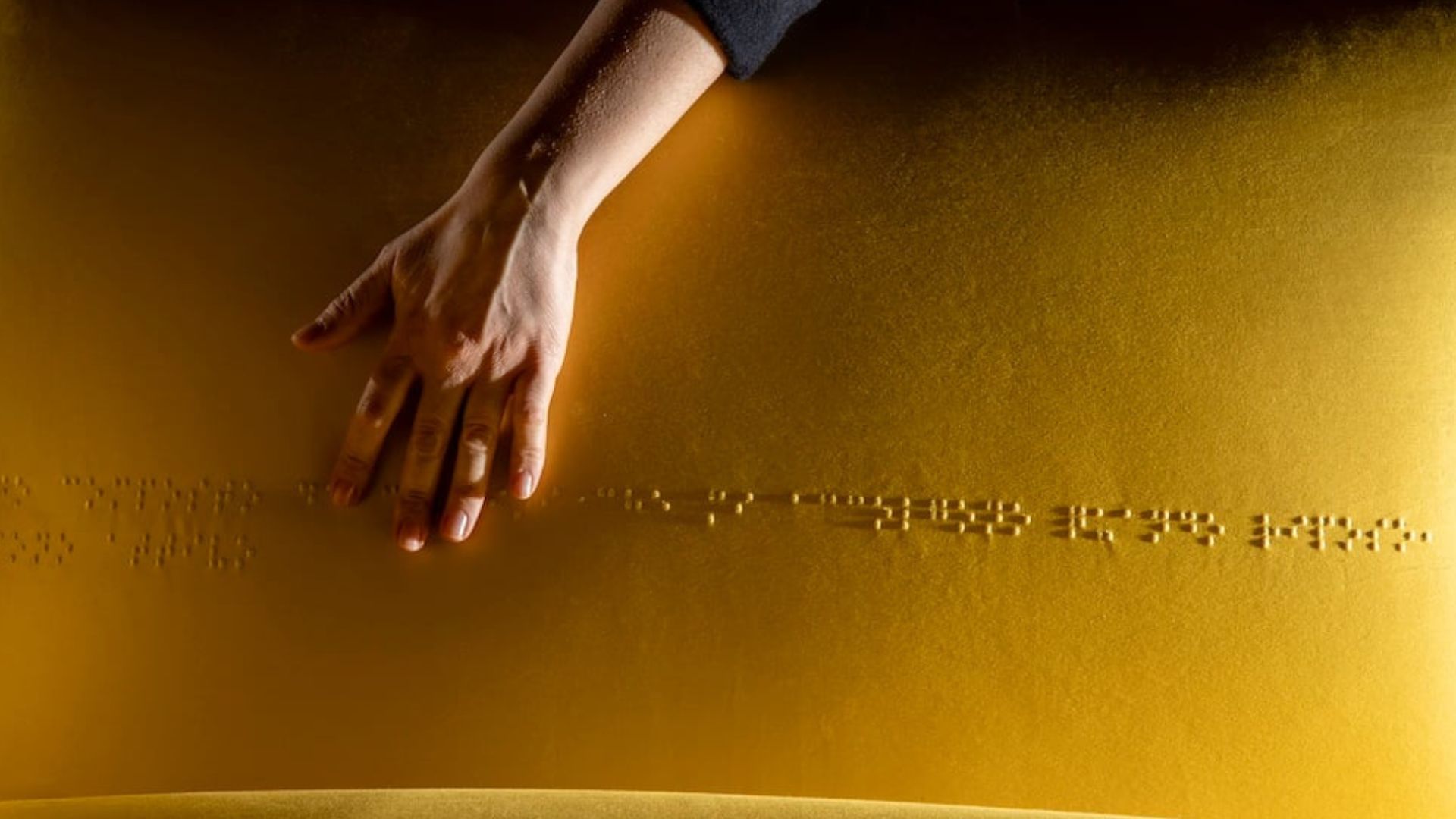 AEDO sofa by Adrenalina ©Adrenalina
AEDO sofa by Adrenalina ©Adrenalina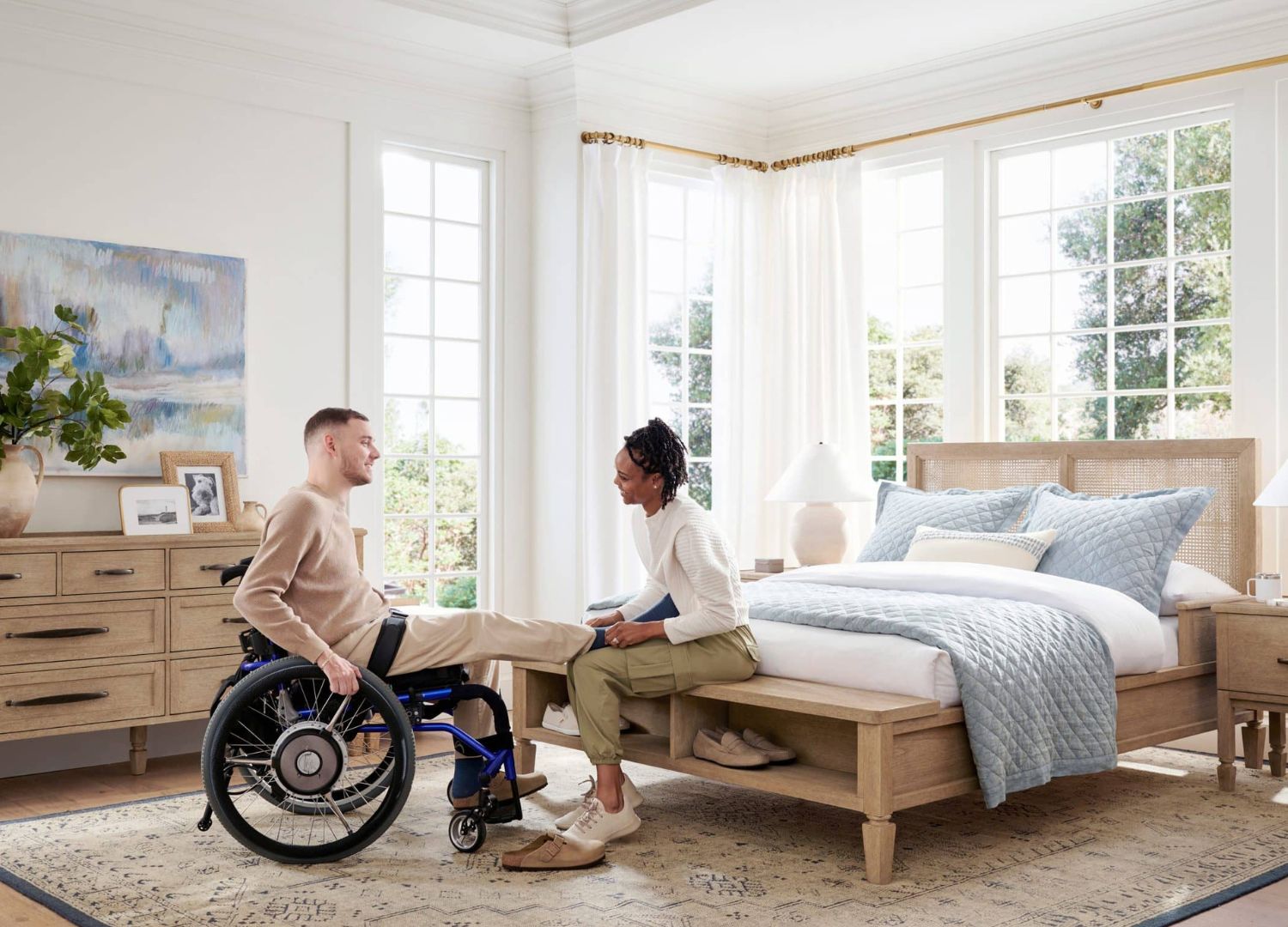 Accessible home furnishing by Michael Graves x Pottery Barn, © ph. courtesy Michael Graves
Accessible home furnishing by Michael Graves x Pottery Barn, © ph. courtesy Michael Graves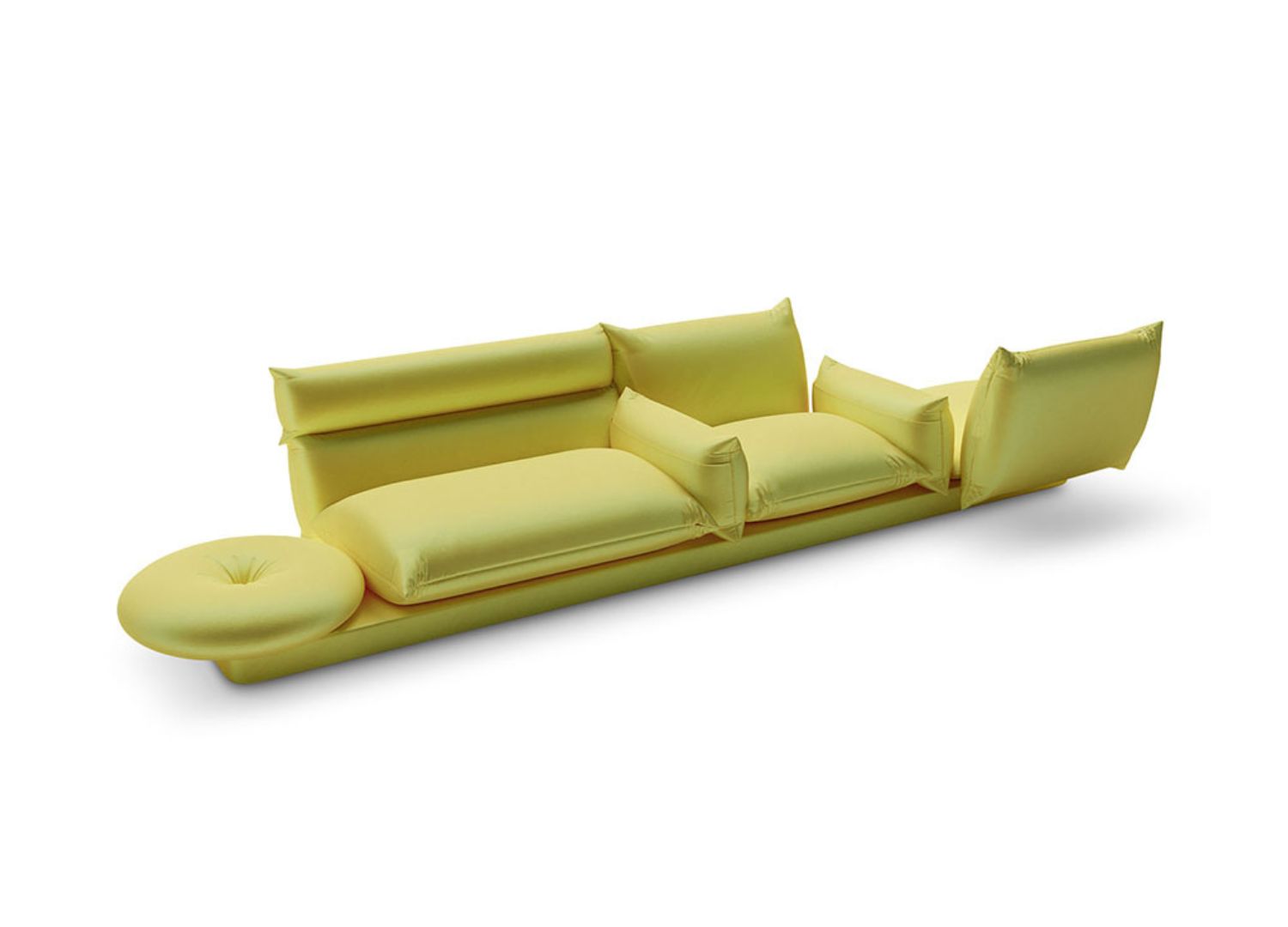 AEDO sofa by Debonamedo with Museo Omero and Istituto Cavazza x Adrenalina © ph. courtesy Adrenalina
AEDO sofa by Debonamedo with Museo Omero and Istituto Cavazza x Adrenalina © ph. courtesy Adrenalina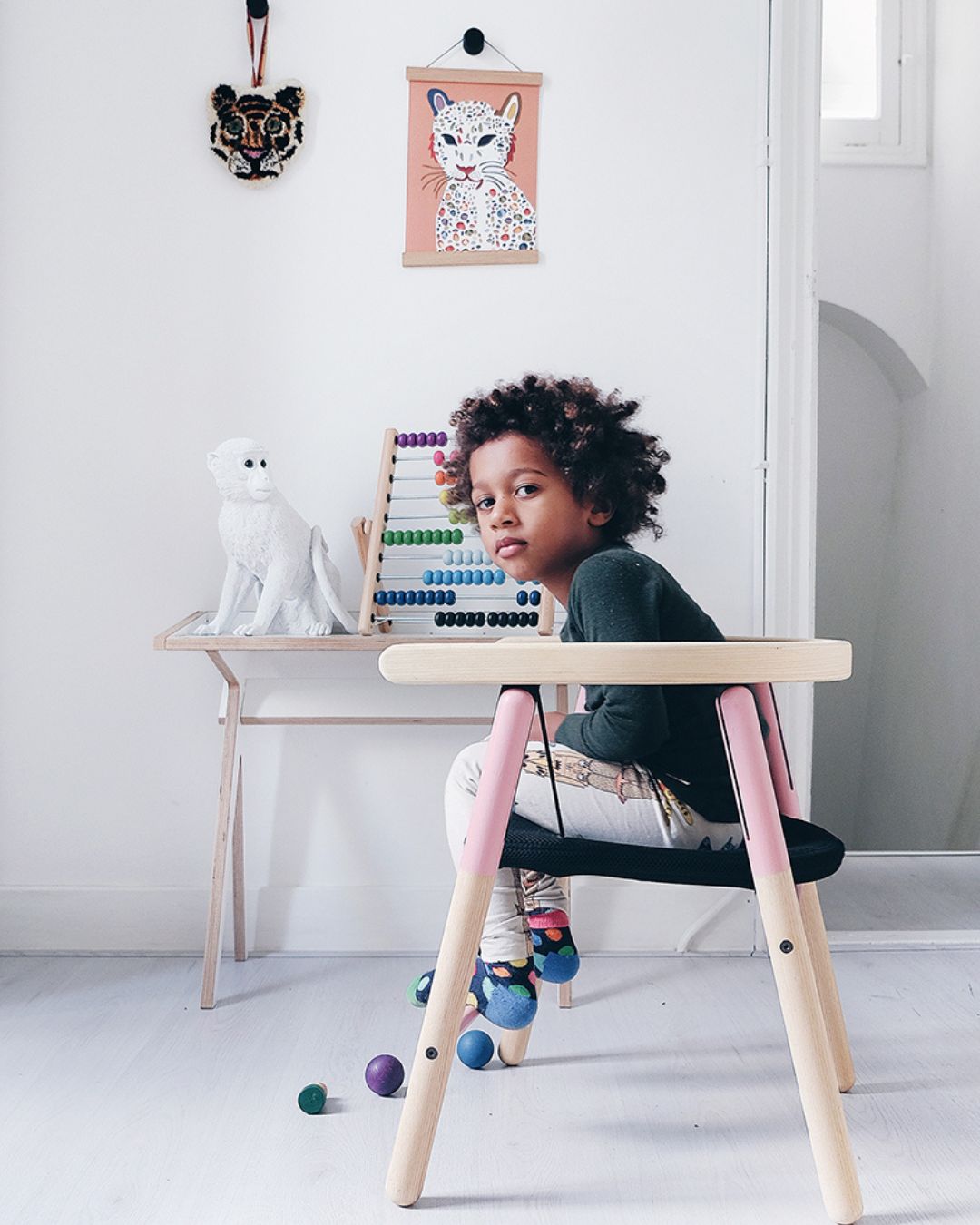 Ika swing by Tink Things © Rio Van der Oost
Ika swing by Tink Things © Rio Van der Oost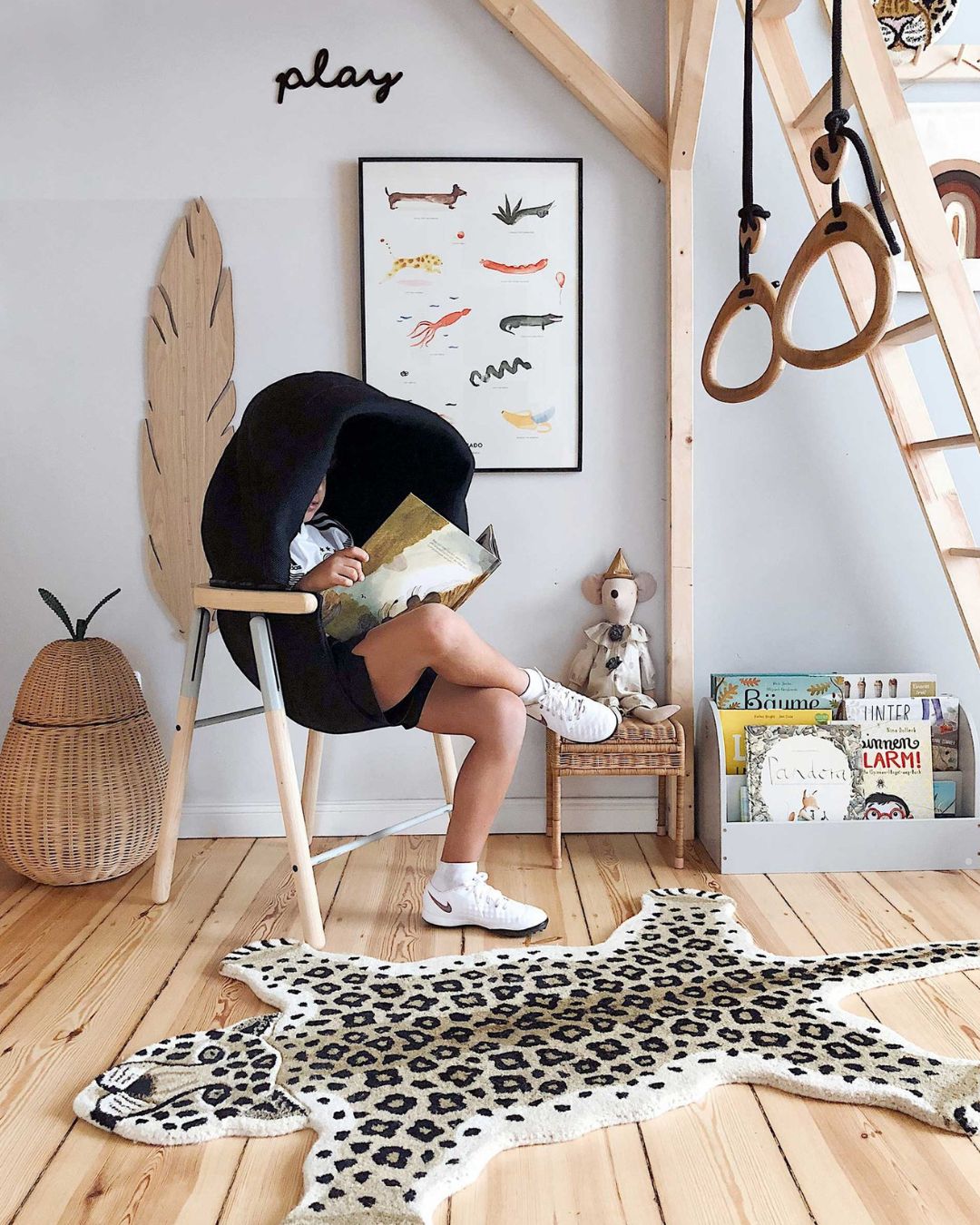 Mia chair by Tink Things © ph. Viktoria Askero
Mia chair by Tink Things © ph. Viktoria Askero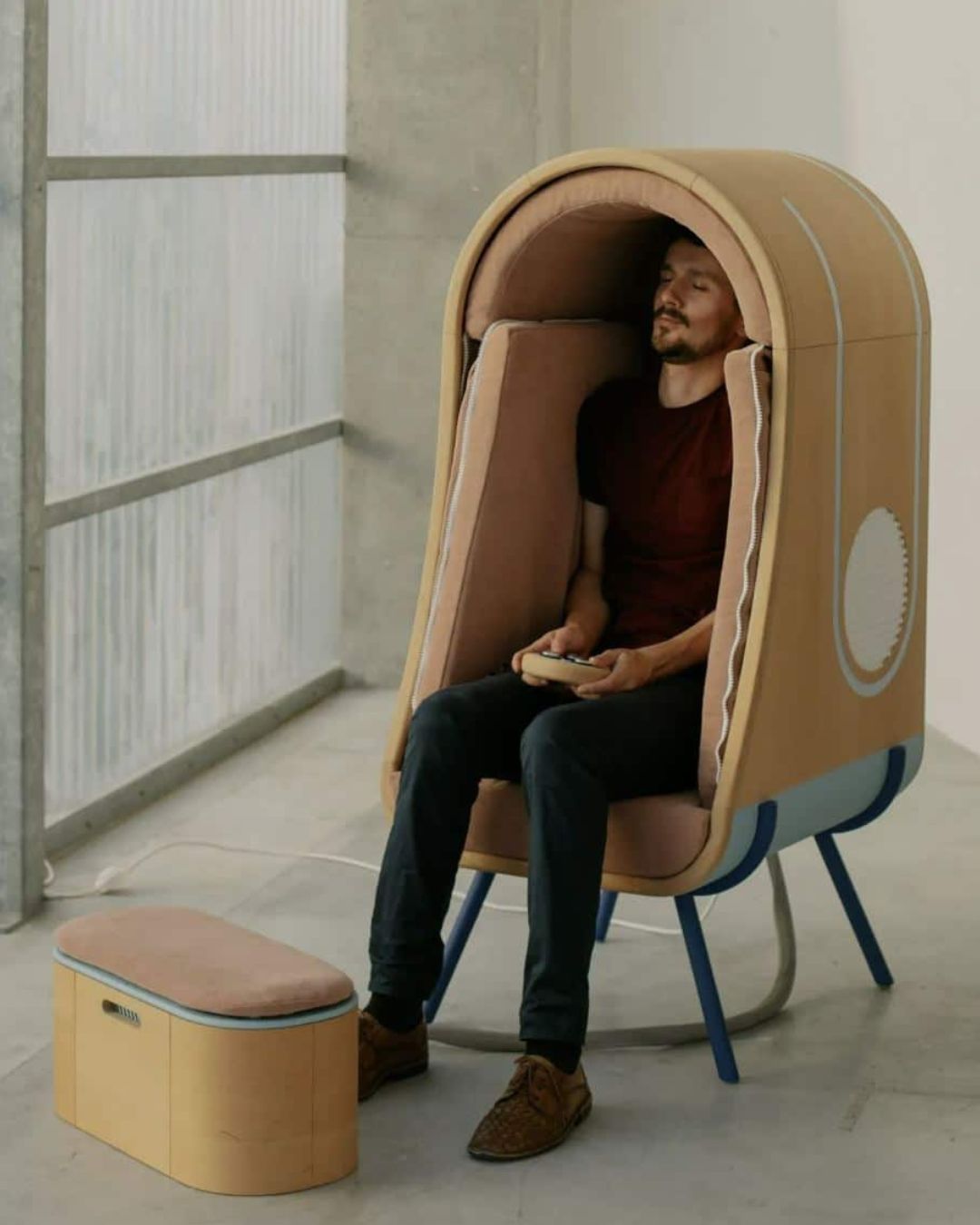 OTO hugging chair design by Alexia Audrain
OTO hugging chair design by Alexia Audrain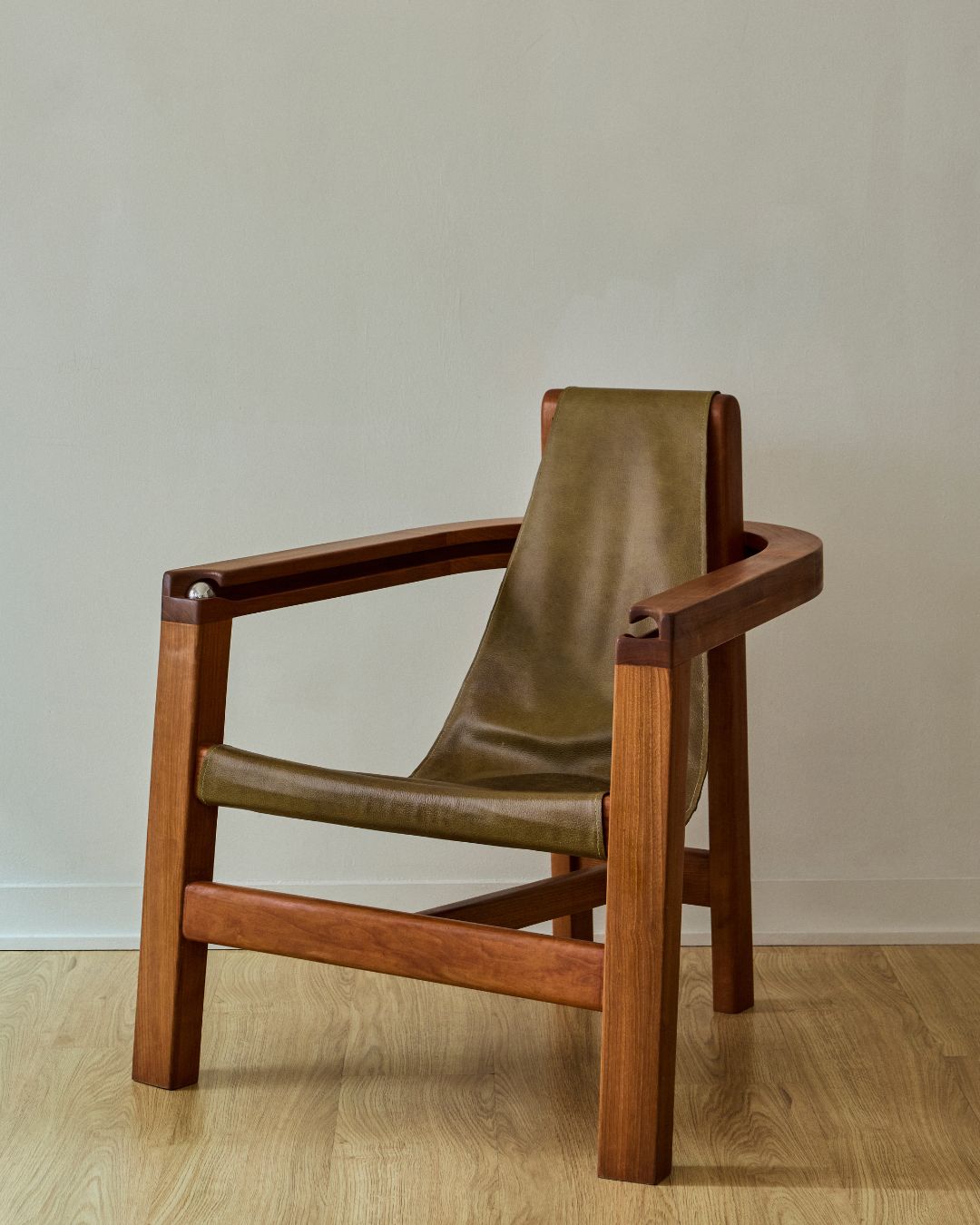 Reflect by Tanuvi Hedge © Jonathan Hokklo
Reflect by Tanuvi Hedge © Jonathan Hokklo
Open full width
Inclusive design is no longer confined to assistive tech. Increasingly, designers are using difference – visual, cognitive, motor, neurological – as a lens through which to rethink not only function, but form, movement, and aesthetics itself. These five projects demonstrate how clarity, authorship, and care can transform needs into objects of radical empathy and meaningful beauty.
Five inclusive design furniture design projects
- Debonamedo with Museo Omero and Istituto Cavazza x Adrenalina – Aedo Sofa
- Alexia Audrain – OTO Modular Seating
- Tink Things – Sensory seating for kids
- Michael Graves Design × Pottery Barn – Accessible home furnishings
- Tanuvi Hegde – Reflect
Debonamedo with Museo Omero and Istituto Cavazza x Adrenalina – Aedo Sofa
Presented by Adrenalina during Milan Design Week 2025, Aedo is a modular sofa designed by Debonademeo Studio with the Istituto Cavazza and Museo Omero, institutions devoted to sensory and non-visual experience. The result is a richly tactile object made in silk taffeta, with integrated audio elements and sensory prompts. Details like hidden pockets, an elongated seat, and the generous use of yellow – the most luminous colour, associated with joy – speak to a multisensory approach. Braille is subtly inscribed along the arms and backrest, not as an add-on, but as a feature developed directly with users. This isn’t designed for the visually impaired – it’s designed with them.
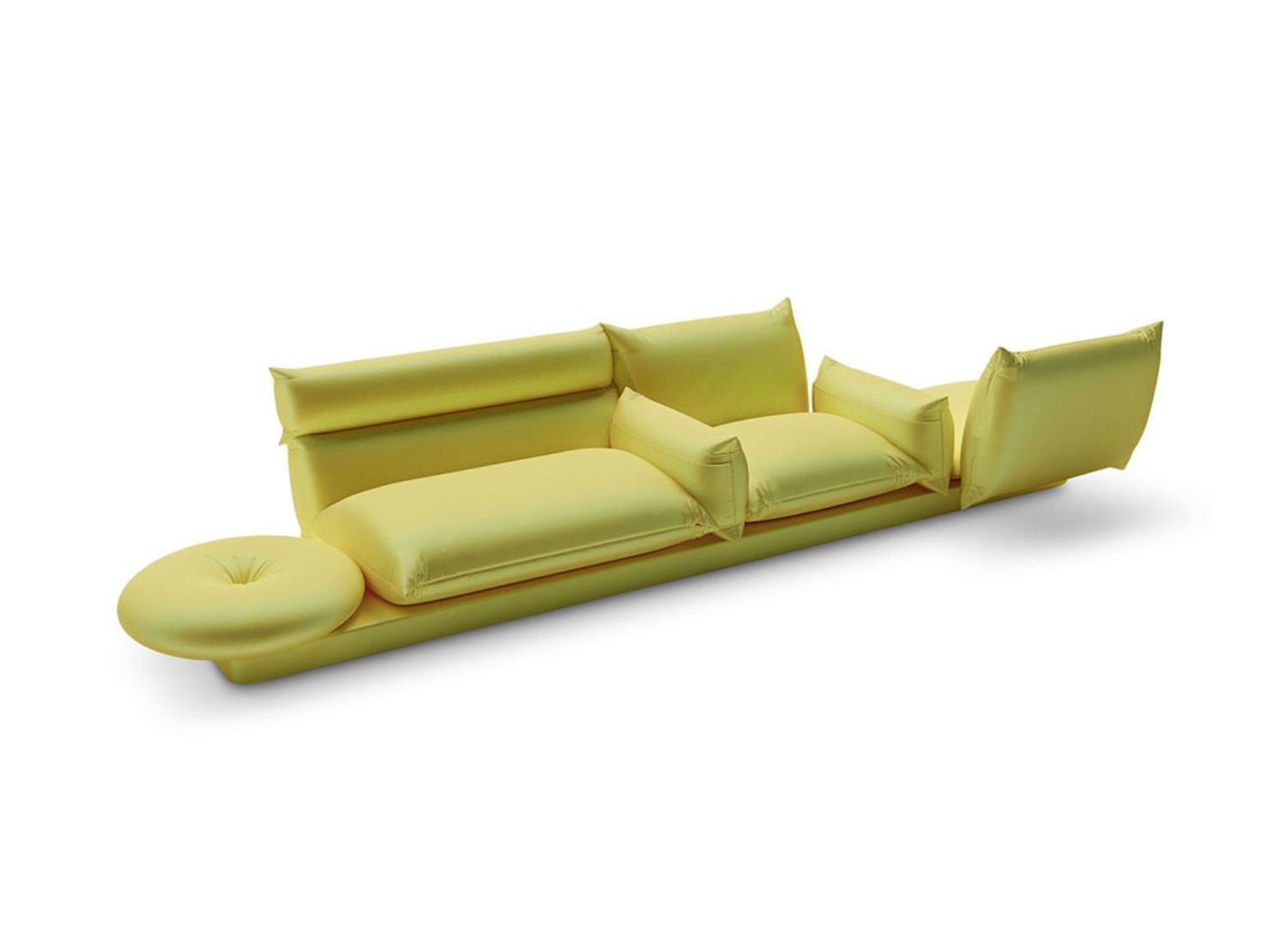
Alexia Audrain – OTO Modular Seating
OTO chair is a modular seating system in recycled polypropylene, designed in 2021 by Alexia Audrain, specifically for people on the autism spectrum. It’s lightweight, mono-material, and fully recyclable – a model of circularity both in production and use. The sculptural, curving form draws on sensory regulation studies, encouraging calm through rhythmic motion and focus. With no screws, no tools, and endless reconfigurations, OTO adapts to both neurodivergent needs and domestic realities, without compromising visual clarity or design intent.
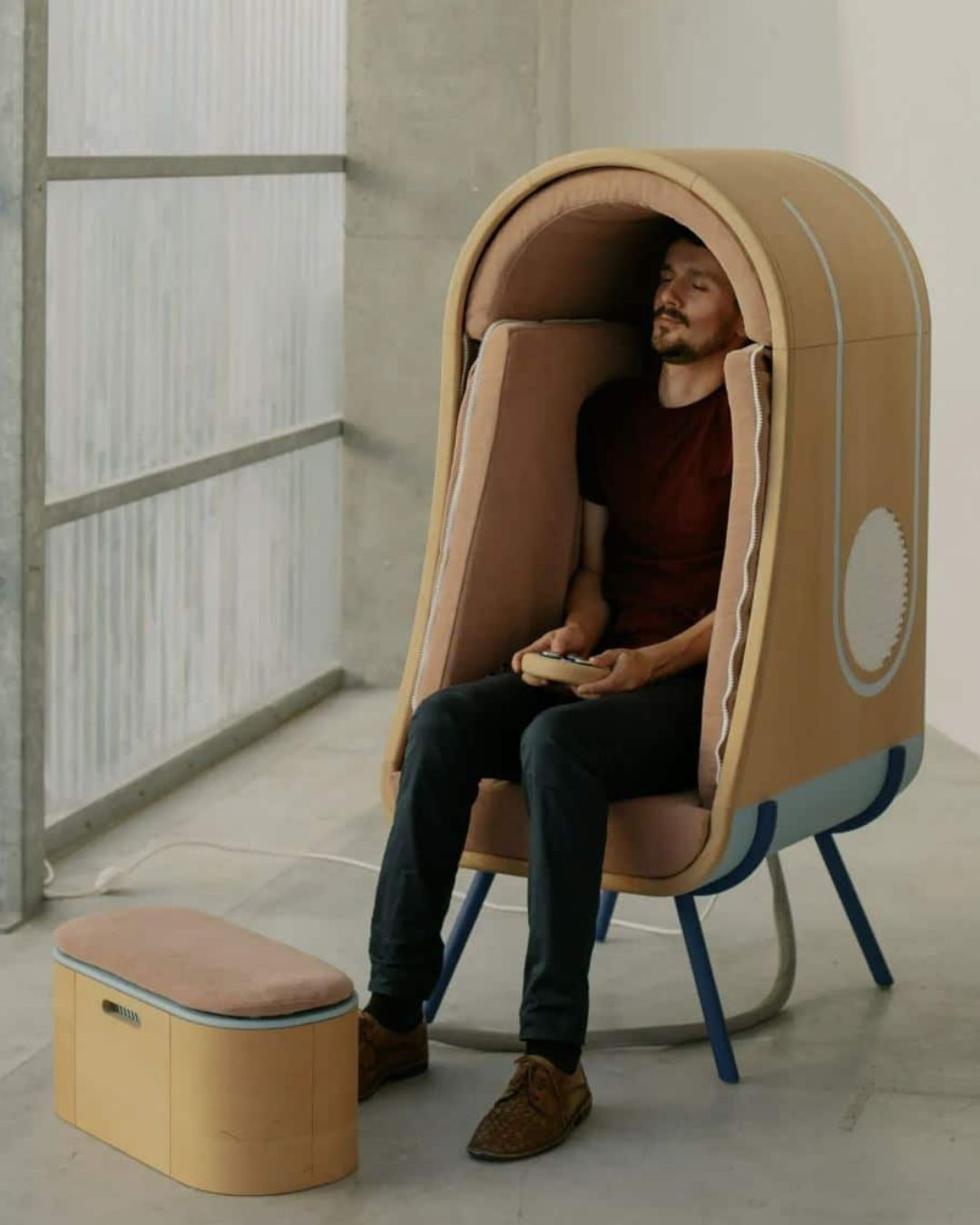
Tink Things – Sensory seating for kids
Tink Things creates children’s furniture that blends ergonomics with emotional intelligence. Made from FSC-certified ash wood and OEKO-TEX® fabrics, with aluminum joints, the pieces invite calm and tactility. The Mia chair wraps around the child like a hoodie, offering gentle enclosure, while the Ika swing introduces slow, repetitive motion that soothes and engages. Grounded in research on neurodiversity, these are not reactive pieces – they’re preventive, designed to help kids regulate themselves before overwhelm kicks in. Flat-packable and logistically efficient, they speak the language of contemporary, responsible design.
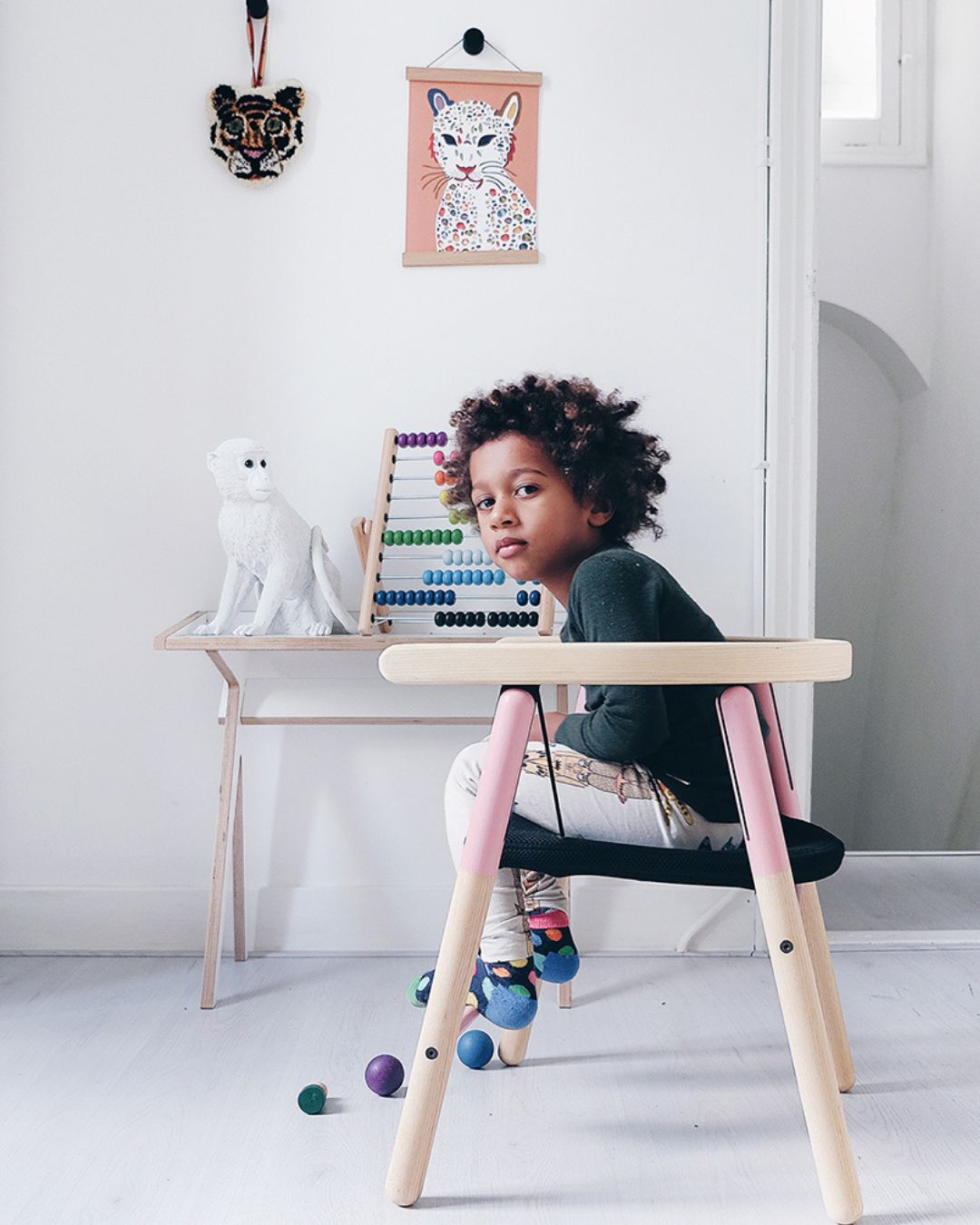
Michael Graves Design × Pottery Barn – Accessible home furnishings
Michael Graves Design and Pottery Barn reimagine the bedroom with inclusivity in mind. After the designer became paralyzed in 2003, the studio gained a lot of firsthand experience with accessibility and the built environment. So, this 27-piece collection, developed from in-depth ethnographic interviews with elderly and disabled users, includes thoughtful features like armrests on bedframes, “pull-and-roll” grips, and nightstands that reduce the need to bend. Raised edges, built-in power, and grab rails offer discreet support, while seated-height optimisation and optional risers translate clinical logic into everyday ease. What stands out is the tone: never clinical, never institutional – accessibility becomes part of the visual and spatial narrative, not a layer added after the fact.
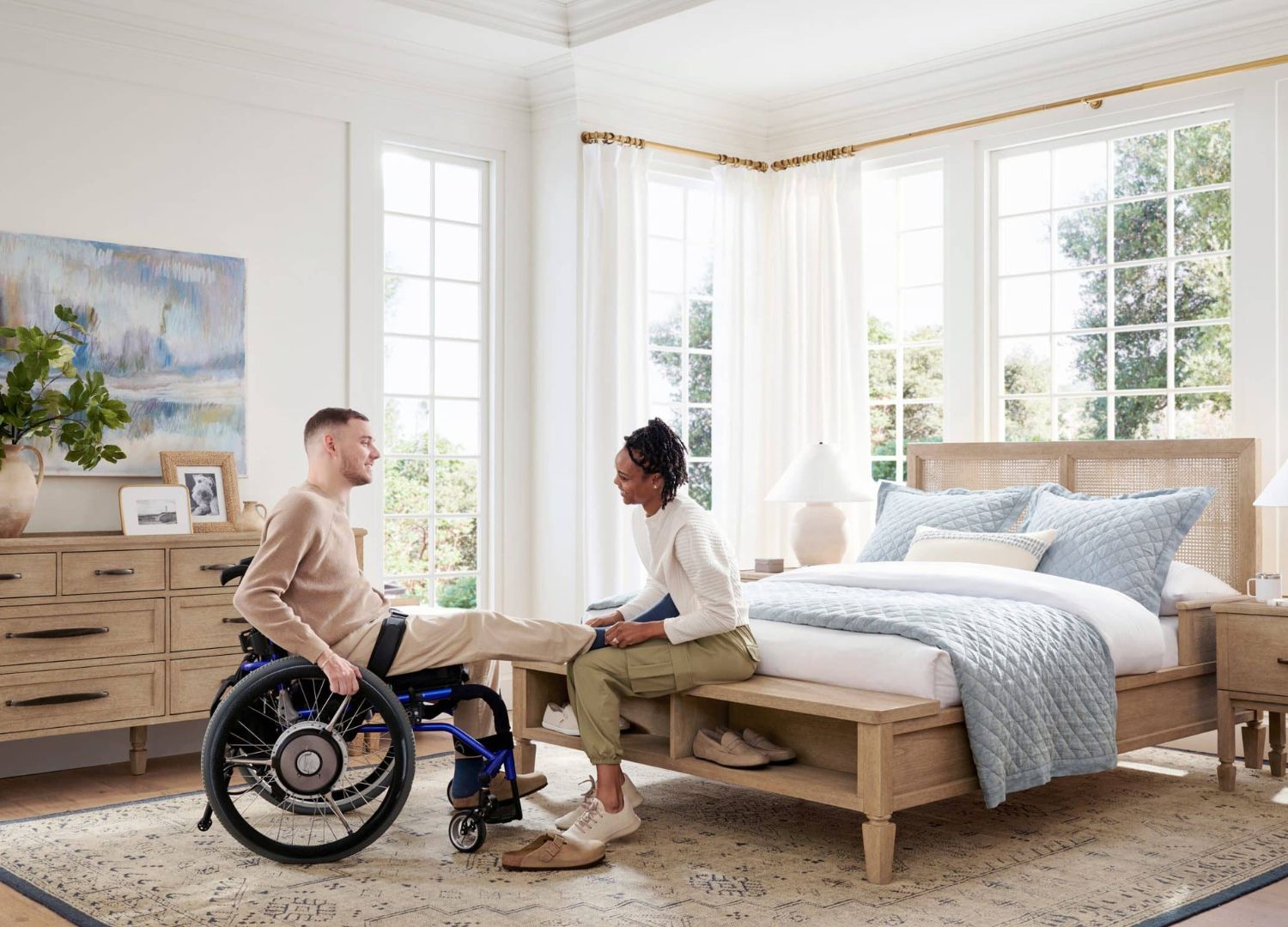
Tanuvi Hegde – Reflect
By celebrating neurodivergent design, we move away from standardized solutions toward spaces that are emotionally literate and physically generous. Sensory balance, spatial autonomy, and emotional predictability aren’t special features – they’re basic needs, and increasingly, universal ones.
Reflect is a quiet chair for restless bodies. Designed by Tanuvi Hegde as part of her thesis, Exhibit (A): Furniture for the Anxious Being, it was shown at NYCxDesign with Lyle Gallery and Hello Human. Crafted in cherry wood with hand-stitched leather, its form is calm and understated. Inside the armrest, a concealed steel ball offers a discreet tactile outlet – a private ritual space for fidgeting. Reflect doesn’t claim to fix anxiety; it gives it room to exist, with dignity, discretion, and care.
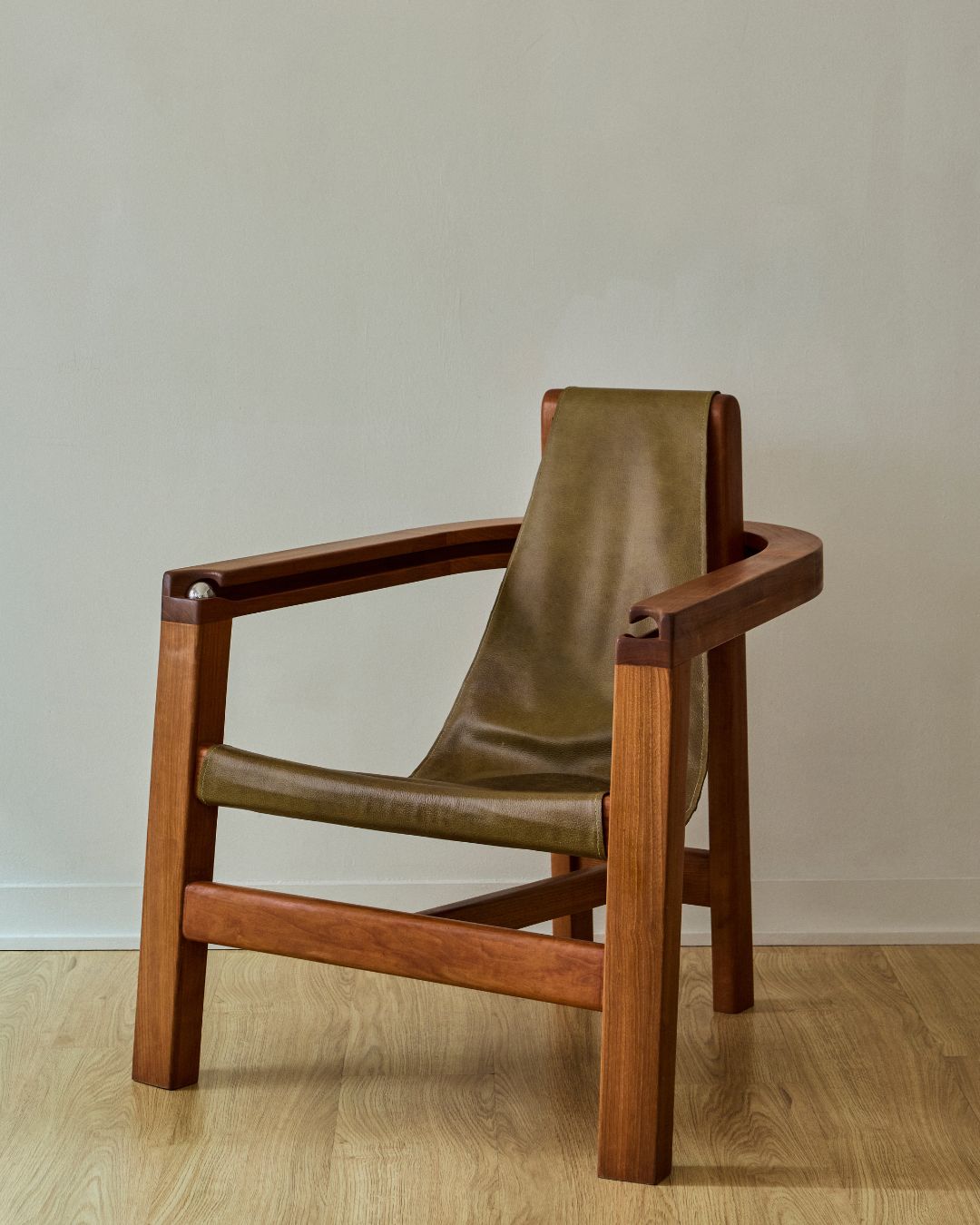
When we design with disabled and neurodivergent people, design shifts; it becomes less about solving and more about listening. Inclusive design isn’t a trend or a sub-discipline – it’s a redefinition of values: it treats sensitivity not as a defect, but as a source of depth. It reframes discomfort as a signal, not a problem. These projects, from autism to anxiety, from vision loss to overstimulation, show how furniture can be more than functional. It can be a medium for empathy – a new way of relating, of being.
- Advertisement -

